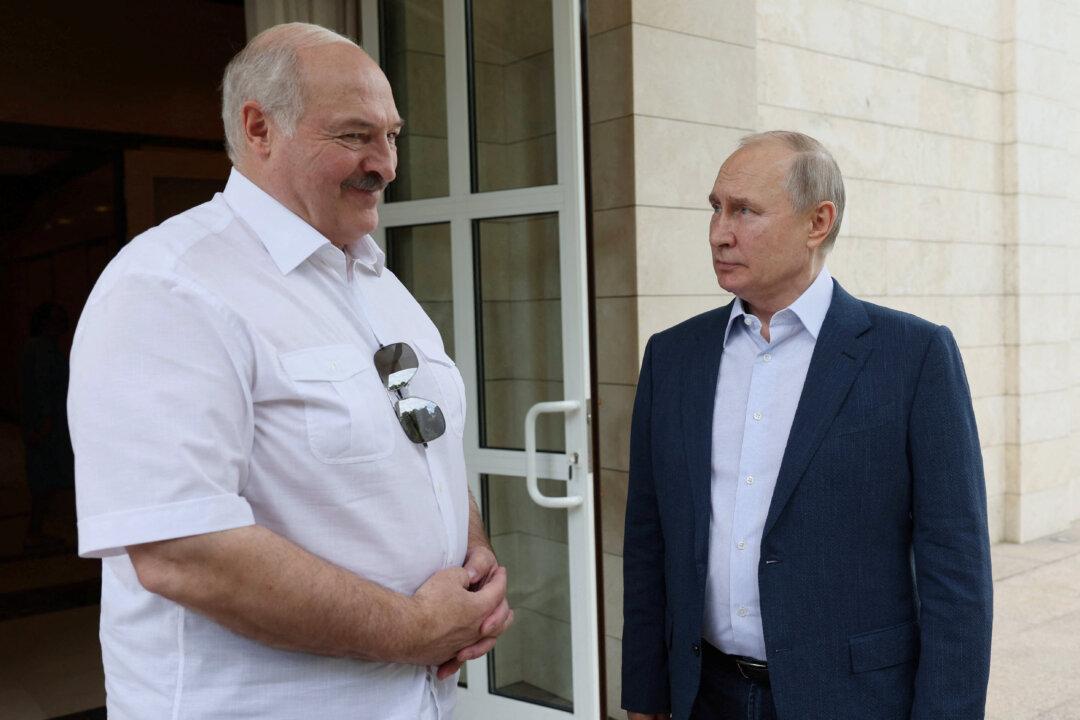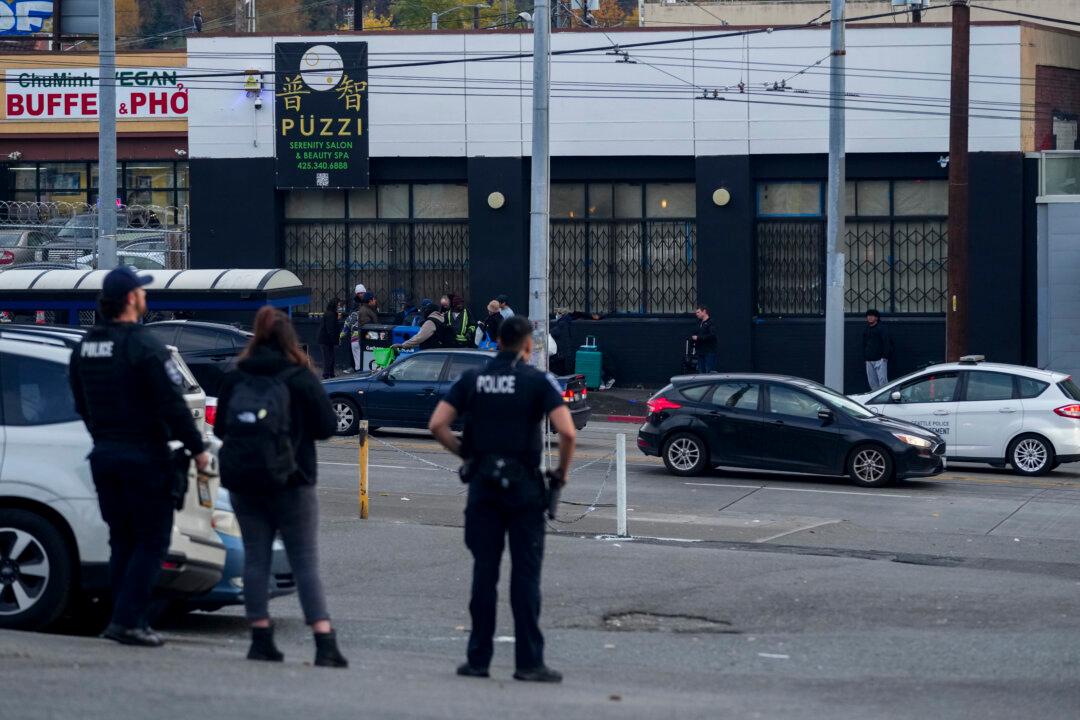Moscow will begin deploying tactical nuclear weapons in Belarus when the necessary special storage facilities in the former Soviet republic are completed early next month, Russian President Vladimir Putin said on June 9.
The announcement follows several months after Putin first described plans to move tactical nuclear weapons in Belarus in March, pointing to U.S. deployment of similar weaponry at NATO bases in a number of European countries over many decades.





